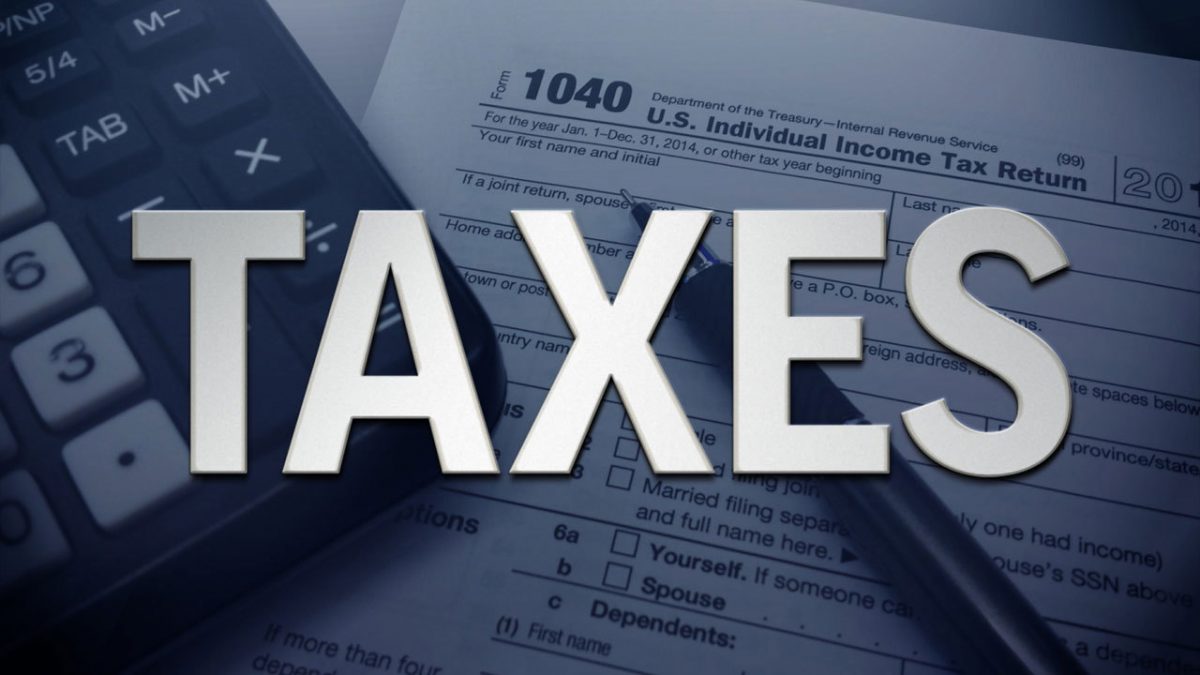Notice 2020-22:
Notice 2020- 22 Full Notice.pdf
- New Guidance: Under the CARES act there are many elections that can be made to alter the 163(j) limitation for tax years 2019 and 2020. This new guidance explains the method to be used when making these elections. More specifically:
- To not apply the new 50% ATI limitation
- To use the taxpayers ATI for the last taxable year beginning in 2019 to calculate the taxpayers 2020 limitation
- For a partner to elect out of the 50% Excess Business Interest Expense rule
- Background: Due to the temporary change in the limitation, some taxpayers now wish they had made the 163(j) Real Property Trade or Business election in a past year. Under the previous rule, the Real Property election must have been made on an originally filed tax return.
- New Guidance: The IRS will now allow a taxpayer to make the Real Property election on an amended tax return (or AAR if applicable) for 2018, 2019, and 2020.
- Background: When a taxpayer makes the Real Property Trade or Business election they must use the ADS method to depreciate all real property assets which prevents the taxpayer from taking bonus on such assets. Additionally, in the past, the Real Property Trade or Business election has been an irrevocable election. This has always been one of the primary considerations for taxpayers when deciding if they are willing to make the 163(j) Real Property Trade or Business election.
New Guidance: The CARES act corrected the Qualified Improvement Property (QIP) problem which previously prevented QIP from being eligible for bonus. Now that QIP is eligible for bonus there are taxpayers that wish they had never made the irrevocable election in a past year. This new guidance provides taxpayers with the opportunity to withdraw a Real Property Trade or Business election. The guidance states that, once withdrawn, the IRS will treat the taxpayer as if the election had never been made. To withdraw the election the taxpayer must file an amended tax return (or AAR if applicable) with an election withdrawal statement attached. The specific items that must be indicated on the withdrawal statement can be found in the attached Rev. Proc.
Notice 2020-23:
Notice 2020-23 Full Notice.pdf
- Postpones the due date for tax filings and payments that were originally due between April 1, 2020 and July 15, 2020 to now be due on July 15, 2020. This will mean that 2Q tax payments now have a due date of July 15, 2020.
- This postponement applies to many different tax forms and payments.
- Postpones many “Specified Time-Sensitive Actions” such as the 180-day election for investments in a QOZ or the periods involved in a 1031 transaction.
- 1031 Like-kind exchanges. If an investor has taken the first step of a like-kind exchange by selling the old property, and either the 45-day or the 180-day deadline falls between April 1 and July 15, the deadline has been extended to July 15.
- Opportunity Zones. If an investor who sold a capital asset planned to roll over the gain into an Opportunity Fund and the 180-day deadline to do so falls between April 1 and July 15, 2020, he or she can make the investment as late as July 15.
- Postpones any installment payment under Sec. 965(h) that was originally due between April 1, 2020 and July 15, 2020 to now be due on July 15, 2020.
- Elections that are required to be made on a “Specified Form” will be considered timely so long as they are filed by July 15, 2020.
- Certain taxpayers who had a “Specified Time-Sensitive Action” that was due to be performed between April 1, 2020 and July 15, 2020 is now due on July 15, 2020. This would include: filing a petition with the Tax Court, filing a claim for credit or refund of any tax, and bringing suit upon a credit or refund of any tax.
- There is also a postponement of due date with respect to certain government acts. You can read about this in the notice if you need to know it.
Notice 2020-24
Notice 2020-24 Full Notice.pdf
This notice deals with the election to waive the NOL carryback period under the new NOL rules.
- Describes the date and process that the election to waive the NOL carryback period must be made for NOLs generated in 2018 and 2019.
- Describes a change to how Sec. 965 will be handled when carrying back NOLs generated in 2018, 2019, and 2020.
Notice 2020-26
Notice 2020-26 Full Notice.pdf
This notice extends the due date to file Form 1045 to claim a refund for certain NOLs you would like to carry back. These are the highlights:
- In the past you only had 12 months after the close of the tax year to file Form 1045 to claim the refund for a carryback of an NOL.
- Under TCJA you could not carryback NOLs generated in 2018. The CARES act will now allow you to carryback NOLs generated in 2018. However, the 12 month period for 2018 NOLs has already passed.
- This notice extends the 12 month period by 6 months to file Form 1045 for NOLs generated in 2018.
- If the taxpayer has a 2018 NOL that you would like to carryback on Form 1045, then you have until June 30, 2020 to file the Form 1045.
- There is specific language that must be indicated on the top of the application for the carryback refund.

